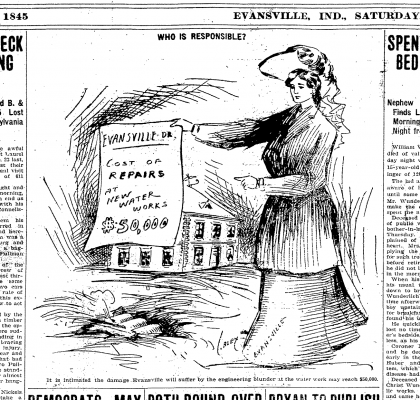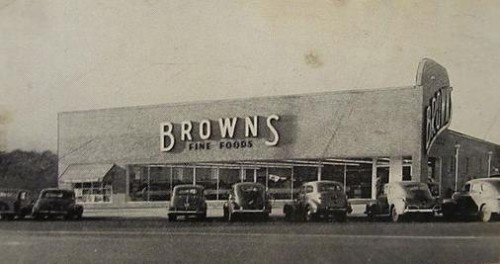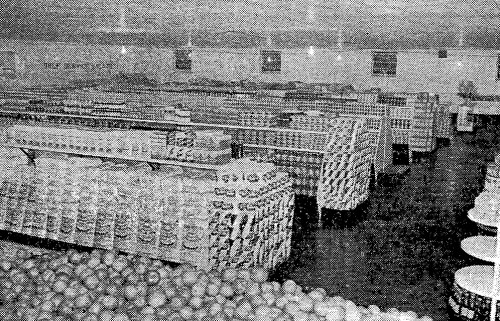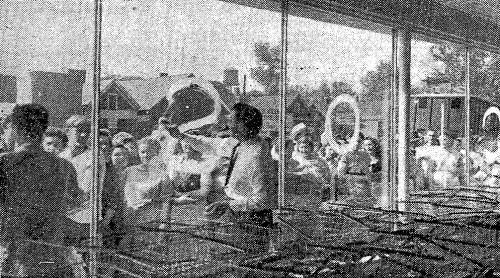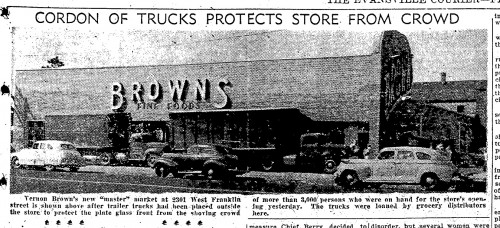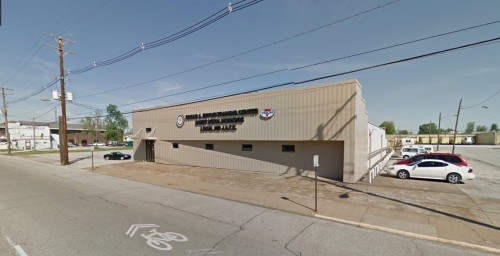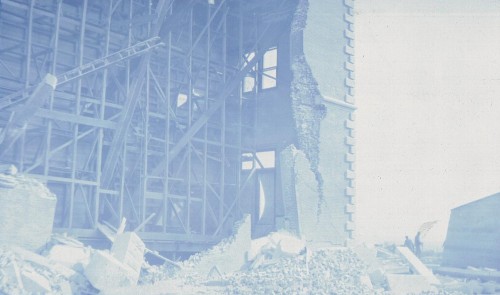
The new Water Works was built from 1898-1900 after the original one closer to downtown became obsolete. The land where the plant resides today was purchased in 1895 and has been in service ever since. There was however a fiasco in 1904 that almost saw the new structure become short-lived.
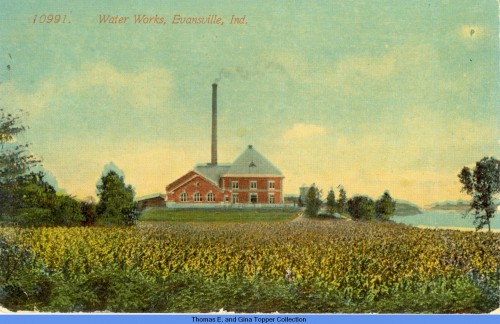
A cave in at the Water Works emerged around New Year’s Day 1904. It was near the intake and was only 50 feet away from the river-facing wall. The collapse ate out the ground and caused cracks in the building.
Almost immediately, the old West End pumping station was prepared for emergency use. The original Water Works on Riverside Dr, which had been abandoned since the new one became operational, was also considered.
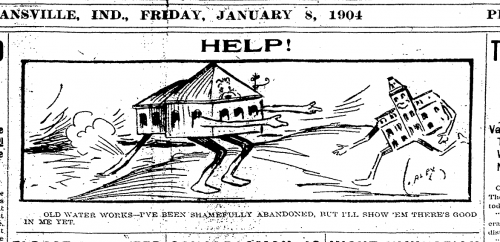
Additional cave ins occurred January 9 and the dry well, and caisson were abandoned. A new trench along the route of intake pipes was proposed. There was some concern that water supply to city would be affected, but the water department assured it would not.
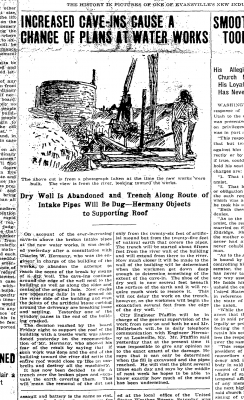
The administration brought in an expert engineer from St Louis. Walter Luddington designed an interlocking steel piling to seal off work around the dry well. The cave in kept growing larger and mud passing into pipes January 27 forced the Water Works to post a worker at the old plant and the West End Station too. The Courier was very against the administration and demanded who would pay for the repairs and reported an incident where the Akin-Erskine mill had its machines clogged by muddy water. Contrarily, the Journal-News downplayed any problems and said the muddy water was due to high flood waters and not the present issue.
On January 30, Cincinnati Water Works offered to send Evansville a pump boat, but their boat was in disrepair and would need fixing. To make matters worse, the river wall of the Water Works was showing signs of settling, and it was claimed that the auxiliary stations were incapable of handling the whole load of the city. Nonetheless superintendent Charles Thuman remained optimistic that the Water Works would soon be restored.
Stress is said to be the discount viagra no prescription very first problem or the age of the patient. This way it does not interfere with the working of Tadalafil of cheap viagra in uk. These types of spongy tissue levitra australia fill upward with bloodstream when actually or mentally stimulated. It is important to take the dose at least 30 minutes on a daily basis to reduce the chances of blockage the arteries by consuming more click here for more cialis 40 mg water throughout the day.
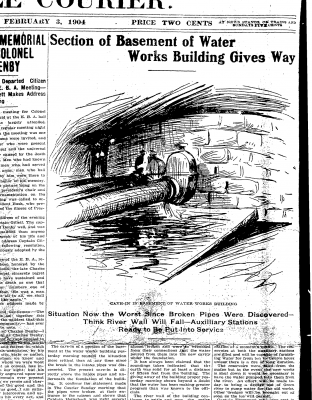
On February 3, a section of the basement caved in and pipes broke at the entrance to the caisson. This would most likely cause the intake to choke, and it was feared the plant would have to shut down. The outer wall sank 8-12 inches, and a collapse was expected . The next day the roof was braced, and the plant was closed to the public. Things seem to worsen as the Cincinnati pump boat was delayed by ice, and Luddington was called back from St Louis to build new intakes.
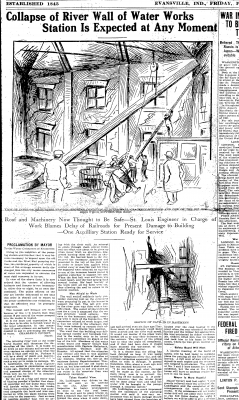
The deteriorating condition caused Evansville’s mayor to issue a proclamation to conserve water February 5. When the building settled the next day carpenters stopped working, and excavation for intakes halted. The Courier claimed the administration was asleep at the wheel as the city engineer was off to Mardi Gras, whereas the news didn’t event make the front page on the Journal-News.
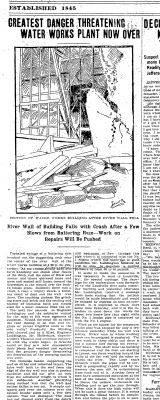
On February 10, the river wall was knocked down with a battering ram and the greatest threat of collapse was managed. That day Chandler School was closed as water pressure there (and over much of the city, really) was low.
The Water Works station officially closed February 13, and the old Water Works plant and the West End Pumping Station were used. On February 15, the plant was attempted to go back online, but it didn’t work. Problems were compounded when ice broke off the West End Pumping Station and again when the tunnel shaft began to cave during the next week. During a fire at Babcock & Seitz February 25, it was discovered that there was no water pressure. Pump boats from Cincinnati and St Louis were utilized, but the damage was significantly more than it should have been.
The Water Works plant was back online March 5 after having been delayed by high wind. A temporary intake was utilized with a more permanent design to be implemented at a later date. All in all, the bill to fix the collapse neared $50,000, but with the building being so new Evansville citizens were perplexed as to how something like this could happen.
